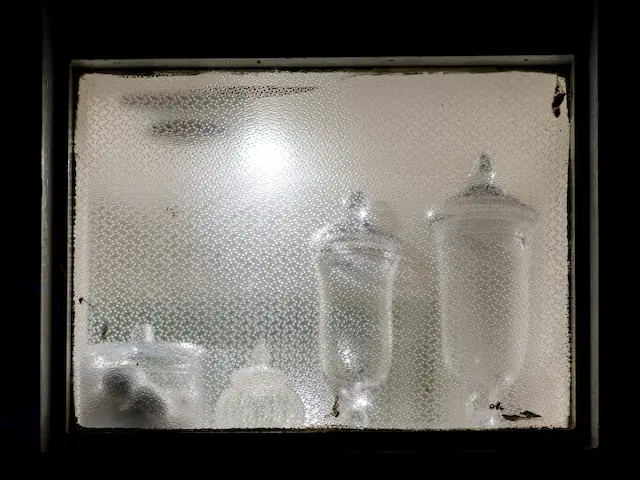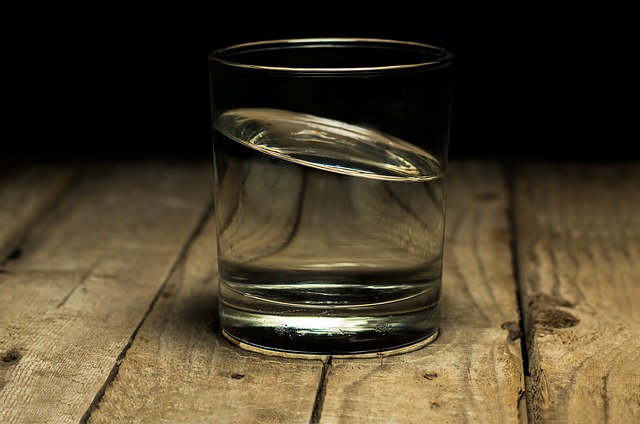Transparency refers to materials that allow light to pass through completely, resulting in clear visibility on the other side. Translucency describes objects that allow some but not all light to pass through, creating a diffused or softened appearance.
What is transparency?

Transparency is a captivating property that allows light to pass through an object with minimal obstruction. Essentially, it means being able to see clearly through something, almost as if it’s invisible. Glass windows are a perfect example of transparency in action – they let light enter our homes and offices while providing us with an unobstructed view of the outside world.
An objects transparency comes down to the arrangement of its molecules or atoms. In transparent materials, such as glass or some plastics, these particles are evenly spaced and aligned in a way that doesn’t scatter or absorb light significantly. Instead, they allow photons (light particles) to travel straight through them.
Transparency can vary across different materials. Some may be highly transparent and practically invisible when you look at them head-on, like clear water in a glass. Others might have varying degrees of translucency mixed with their transparency – think frosted glass where you can still see shapes but not details.
What is translucency?

Translucency refers to a property that lies between transparency and opacity. When an object is translucent, it allows some light to pass through, but not enough for objects behind it to be clearly visible. Imagine holding up a piece of frosted glass against a window – you can see the general outline of objects on the other side, but they are blurred and obscured.
This effect occurs because when light passes through a translucent material, it scatters in different directions due to variations in density or surface texture. This scattering causes the light rays to bounce around inside the material before exiting, resulting in reduced clarity.
The difference between transparent and translucent objects
Transparent Objects:
- Light passes through transparent objects without significant absorption or scattering.
- Clear images of objects can be seen through transparent materials.
- Transparency is typically achieved when the refractive index of the material is uniform and closely matches that of the surrounding medium.
- Examples of transparent materials include clear glass, air, water (in a clean state), and optical fibers.
- Transparent objects are commonly used in windows, lenses, and eyeglasses.
Translucent Objects:
- Light passes through translucent objects but is scattered or diffused in different directions.
- Objects behind translucent materials are visible but appear blurred or hazy.
- Translucency is often due to variations in the refractive index within the material, causing light to scatter as it passes through.
- Examples of translucent materials include frosted glass, wax paper, and some plastics.
- Translucent objects are often used for privacy purposes or to create soft lighting effects.
Opacity:
- Transparent objects are considered fully transparent, allowing nearly all light to pass through.
- Translucent objects are partially transparent, allowing some light to pass through but also reflecting or scattering a significant portion.
Light Transmission:
- Transparent objects transmit light with minimal absorption or scattering, resulting in high transmission levels.
- Translucent objects transmit light but scatter it in various directions, reducing the overall transmission levels.
How light affects transparency and translucency
The way light interacts with transparent and translucent materials depends on their molecular structure and composition. Crystalline structures tend to have higher transparency due to their ordered arrangement of molecules allowing for easy passage of light waves. In contrast, amorphous structures often result in greater translucency since their irregular arrangement scatters the incoming light rays.
Factors such as thickness and surface texture can also influence how much light is transmitted by an object. Thicker transparent materials may start exhibiting some degree of translucency because more particles scatter the incoming rays as they travel deeper into the material.
Examples of transparent and translucent objects
| Transparent Objects | Translucent Objects |
|---|---|
| Clear glass | Frosted glass |
| Air | Wax paper |
| Water (in a clean state) | Thin plastic |
| Optical fibers | Rice paper |
| Diamond | Ground glass |
| Acrylic sheet | Cloudy or stained glass |
| Eyeglasses with clear lenses | Semi-opaque plastic |
| Clear plastic wrap | Shower curtain |
| Quartz | Tissue paper |
Image Credits
Featured Image By – Kawita Chitprathak from Pixabay
Image 1 By – Raimond Klavins on Unsplash
Image 2 By – the blowup on Unsplash








